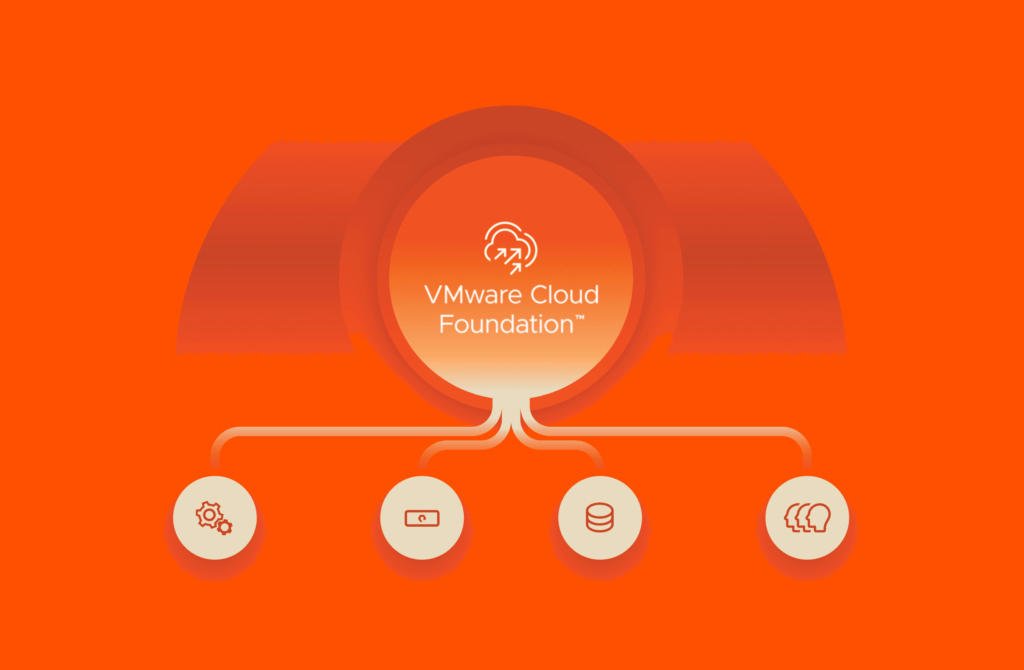SaaS providers naturally owe it to themselves to ask which infrastructure options (on-prem, cloud, hybrid) are optimal for their business and technology circumstances/directions. In the on-prem vs cloud debate, nearly all infrastructure vendors and certainly a good portion of SaaS companies will argue that on-prem is less expensive. In a recent SaaS Panel discussion at the Pure// Accelerate™ conference, a number of SaaS providers settled on a rough metric of the cloud being 2x more costly than on-prem.
To be sure, some will not agree with these general conclusions. Also, depending on the size/stage of the SaaS provider, their workloads, architectures, compliance concerns, etc., open minds can agree one size doesn’t fit all. But even when SaaS IT leaders concede that moving to the cloud will involve a cost premium, some will point out offsetting benefits in terms of being able to achieve new levels of agility. The idea being that software development and quality can be enhanced and accelerated by leveraging numerous on-demand PaaS offerings in the cloud and that any risk/complexity of planning and scaling datacenters can be avoided.
Again, there is room for discussion here as one notes the adoption on-prem PaaS solutions (e.g., OpenShift, Azure Stack, Cloud Foundry derivatives, etc.). And continued investments and advancements in converged and hyper-converged infrastructure offerings, as well as pay-as-go private cloud options, work to mitigate datacenter risks and complexities.
But let’s come back to the idea of agility. In SaaS companies, which by definition are developer-driven organizations, the attraction of having so many cloud-provided development levers at one’s fingertips is very attractive. Some have referred to these PaaS environments as “developer disneylands.”
But whereas analyses and comparisons around cost economics are relatively straightforward, it can be challenging to be precise about agility economics. And yet it is no less important. A move to the cloud may not only involve a cost premium, but depending on the cloud services utilized, it may involve a substantial degree of lock-in (as well as possible additional costs to mitigate that lock-in). So in the absence of a positive and well-understood “agility ROI,” SaaS providers are undertaking serious business risk.
The agility benefit should, by and large, manifest itself in accelerated time-to-market for SaaS products, features, and quality enhancements (i.e., better software and greater competitiveness). And these, in turn, should result in greater revenues (mores sales and/or higher prices). Thus an “agility ROI” analysis should connect identified IT capabilities to estimated (and ideally benchmarked) incremental revenue.
How much agility ROI is enough? In a simple model, one might imagine the minimum hurdle which the agility benefit must overcome is the amount of any increase in IT. In such a minimally viable scenario, SaaS revenues and IT cost would increase equivalently, and gross margin dollars would remain constant. (IT costs are generally a cost of revenue for SaaS providers.) The incremental agility-related revenue hopefully enables the SaaS provider to match or beat its overall market growth.
But that probably won’t be enough. Since gross margin percentage is a closely watched metric for SaaS companies, providers will be loathe to accept a decrease in this fundamental health and profitability ratio. Thus, in a scenario where a SaaS provider is operating at 75% gross margins, a one (1) dollar in increased IT cost must have four (4) dollars in offsetting revenues to remain gross margin neutral. Here’s an example:

In this example, if a move to the cloud is projected to increase IT costs by 50% ($8 to $12), revenues need to increase 16% ($100 to $116) in order to stay gross margin neutral (assuming that no additional IT costs are necessary to support a 16% jump in revenue). There should be a viable story to tell about how greater agility will lead, at a minimum, to these greater revenues and market share.




